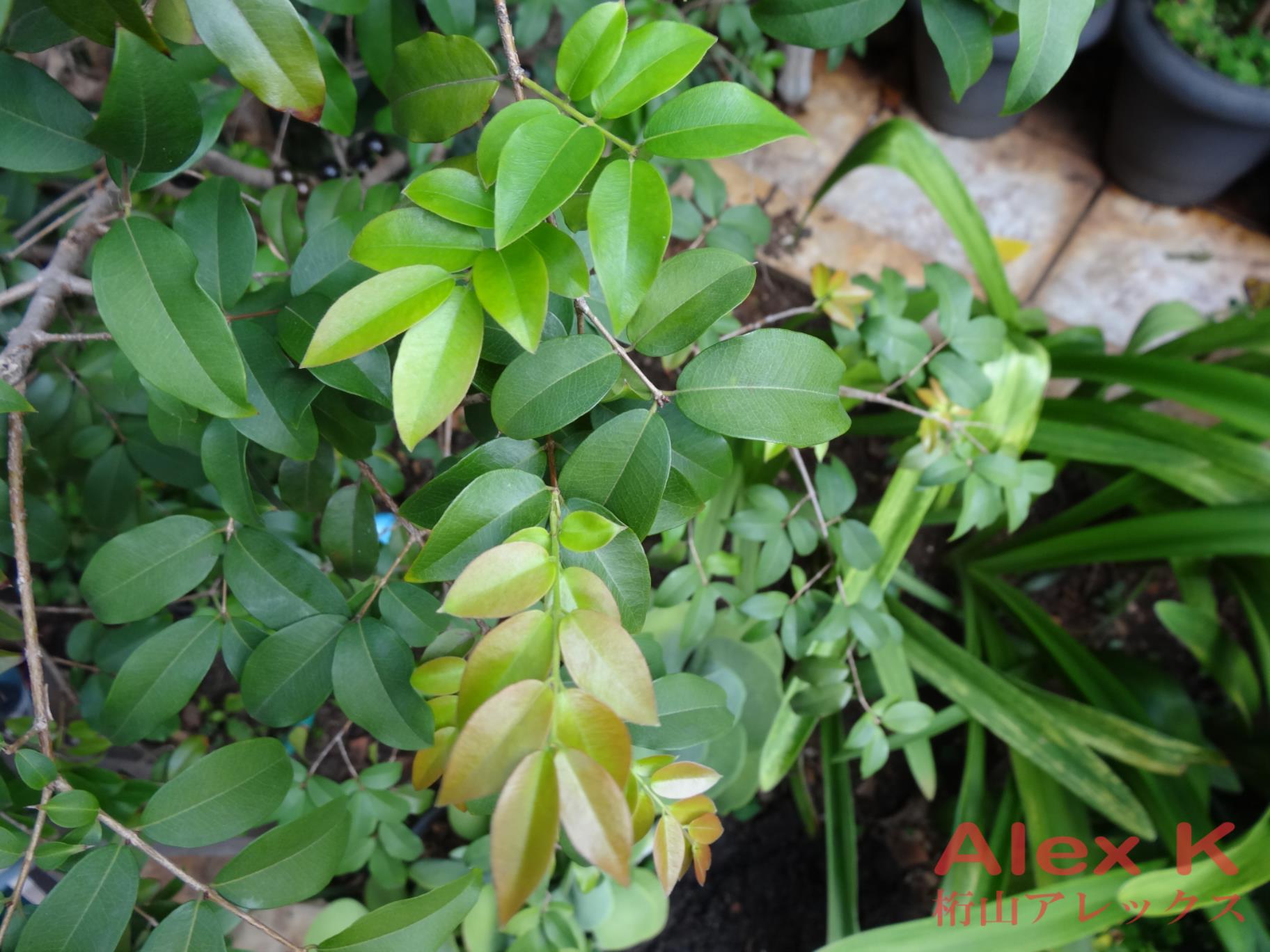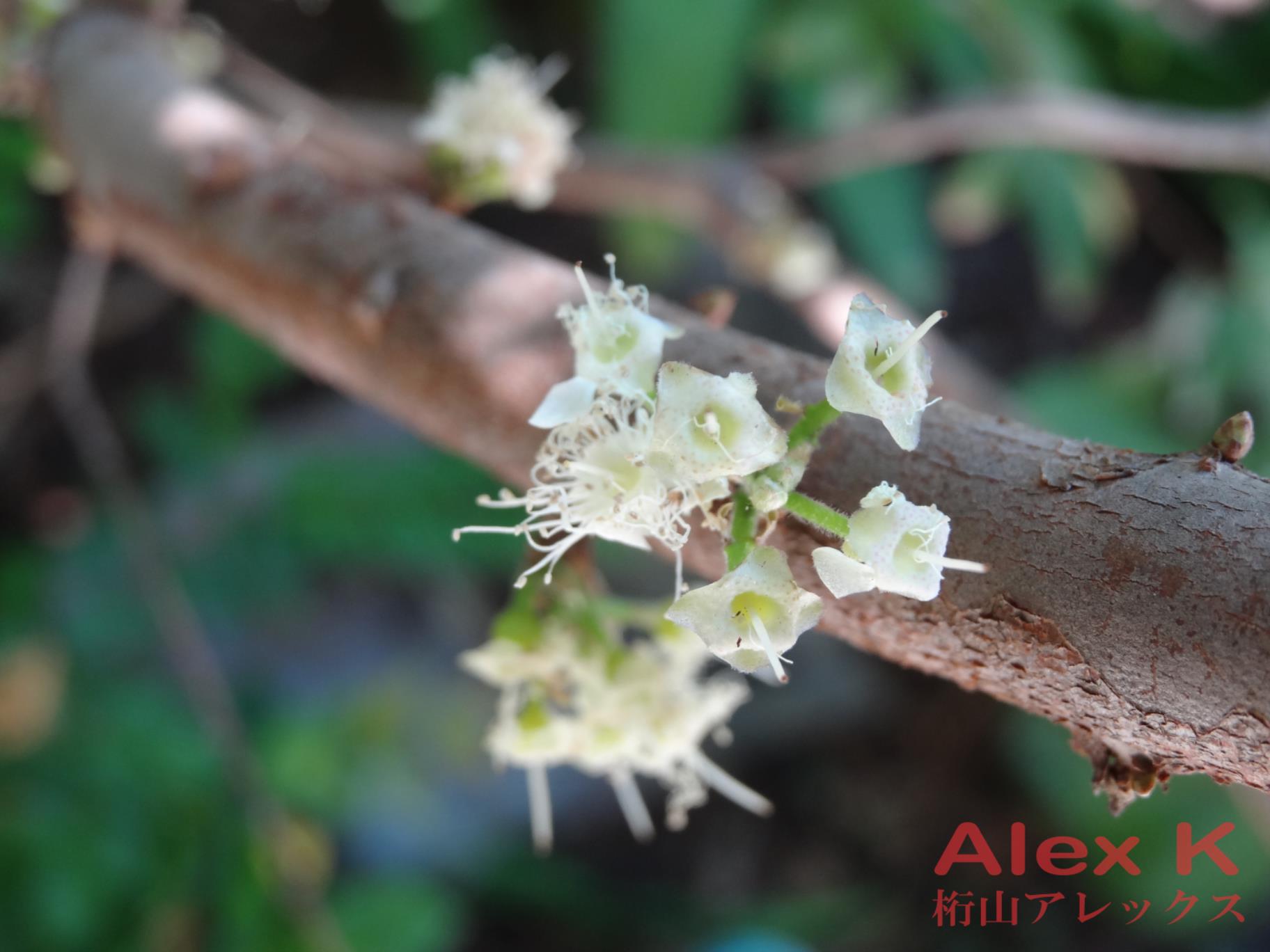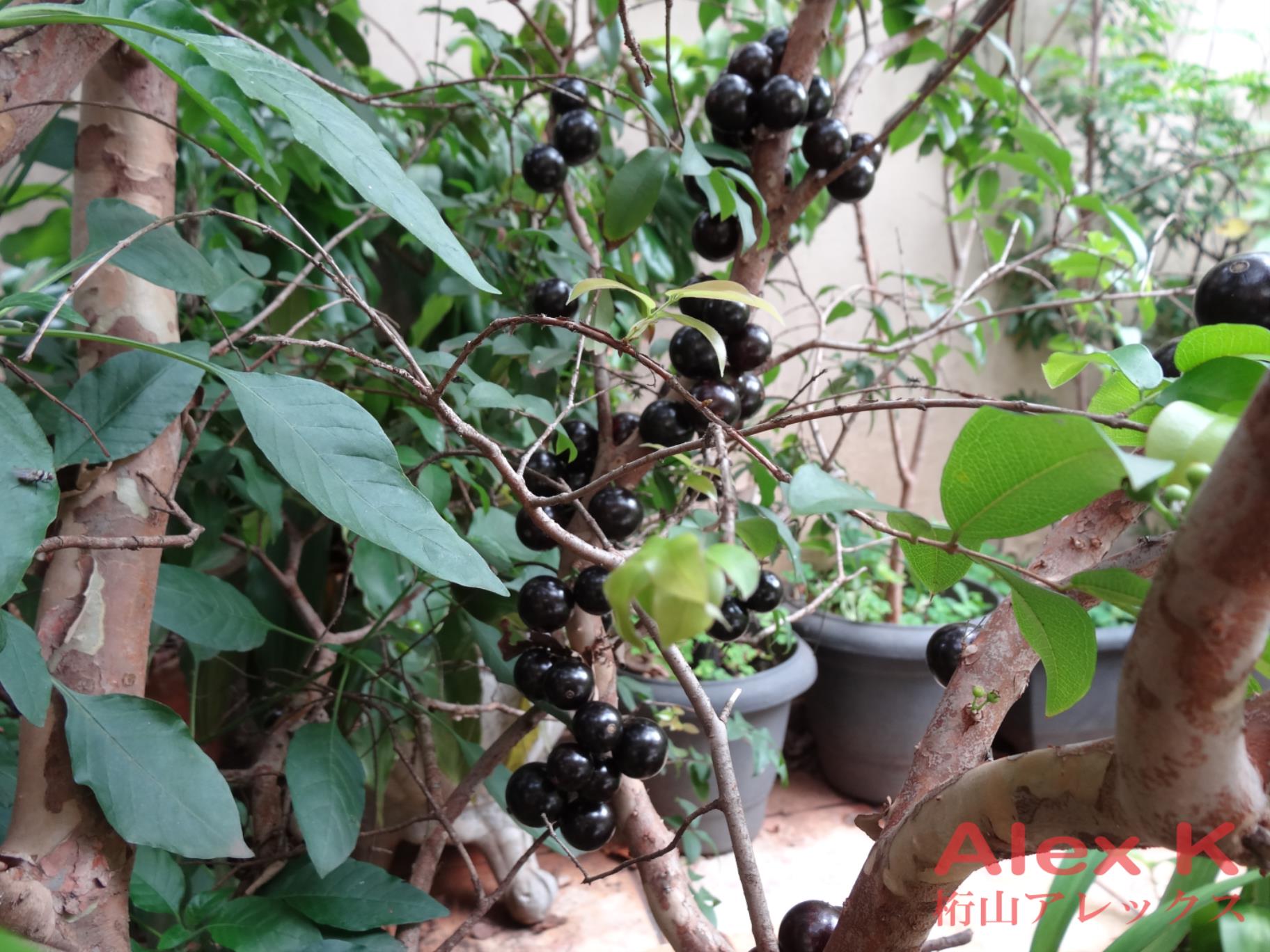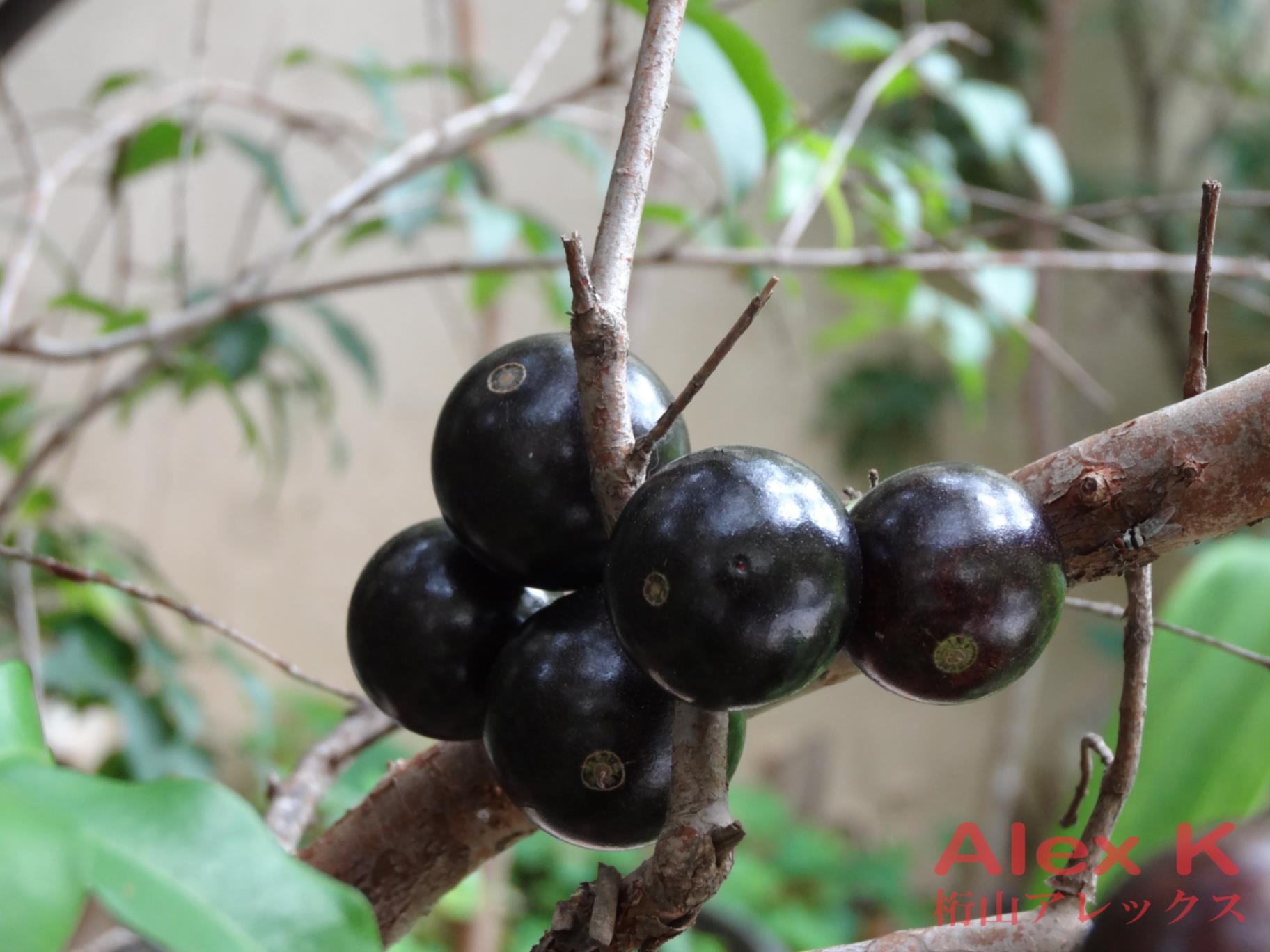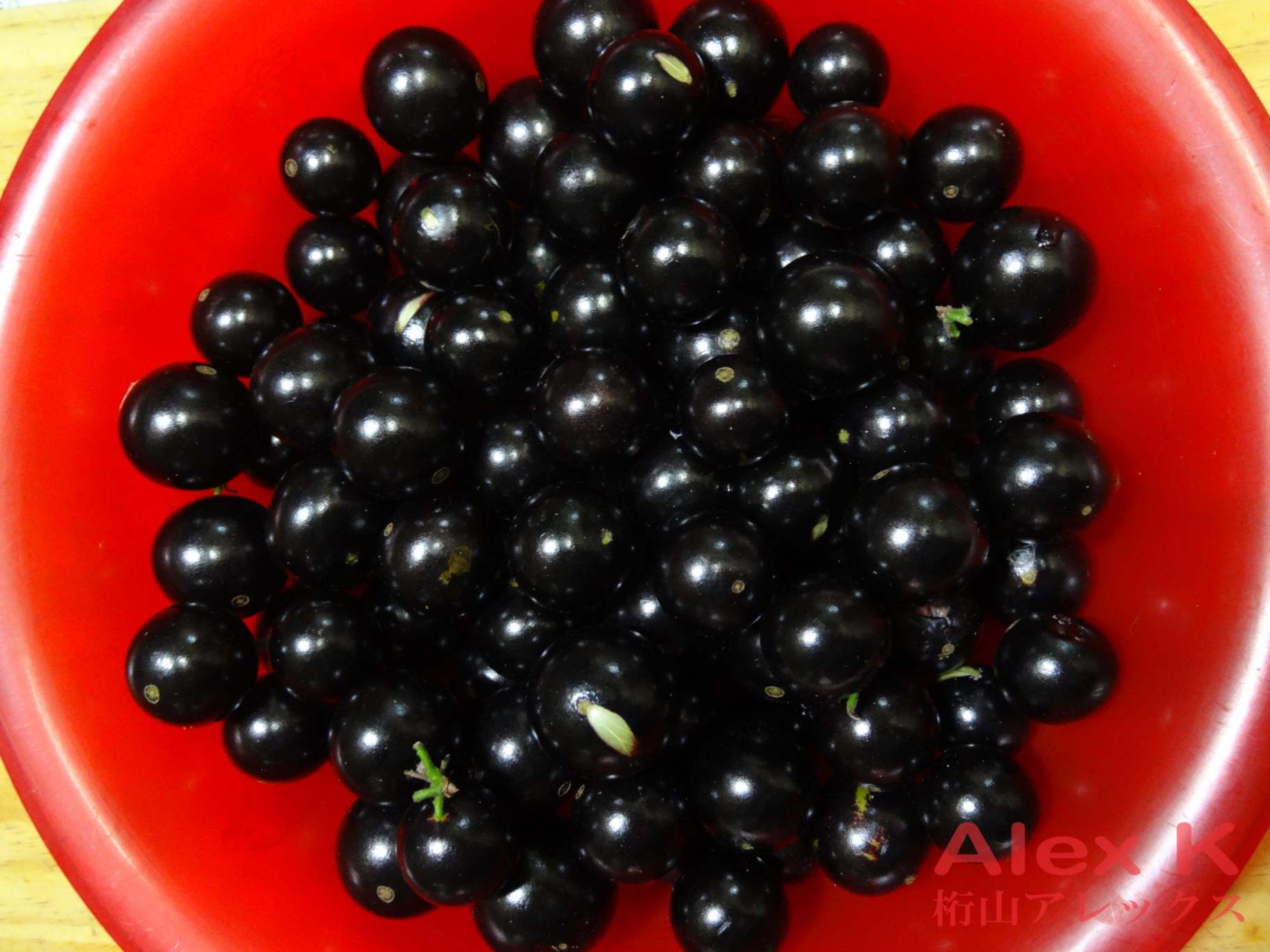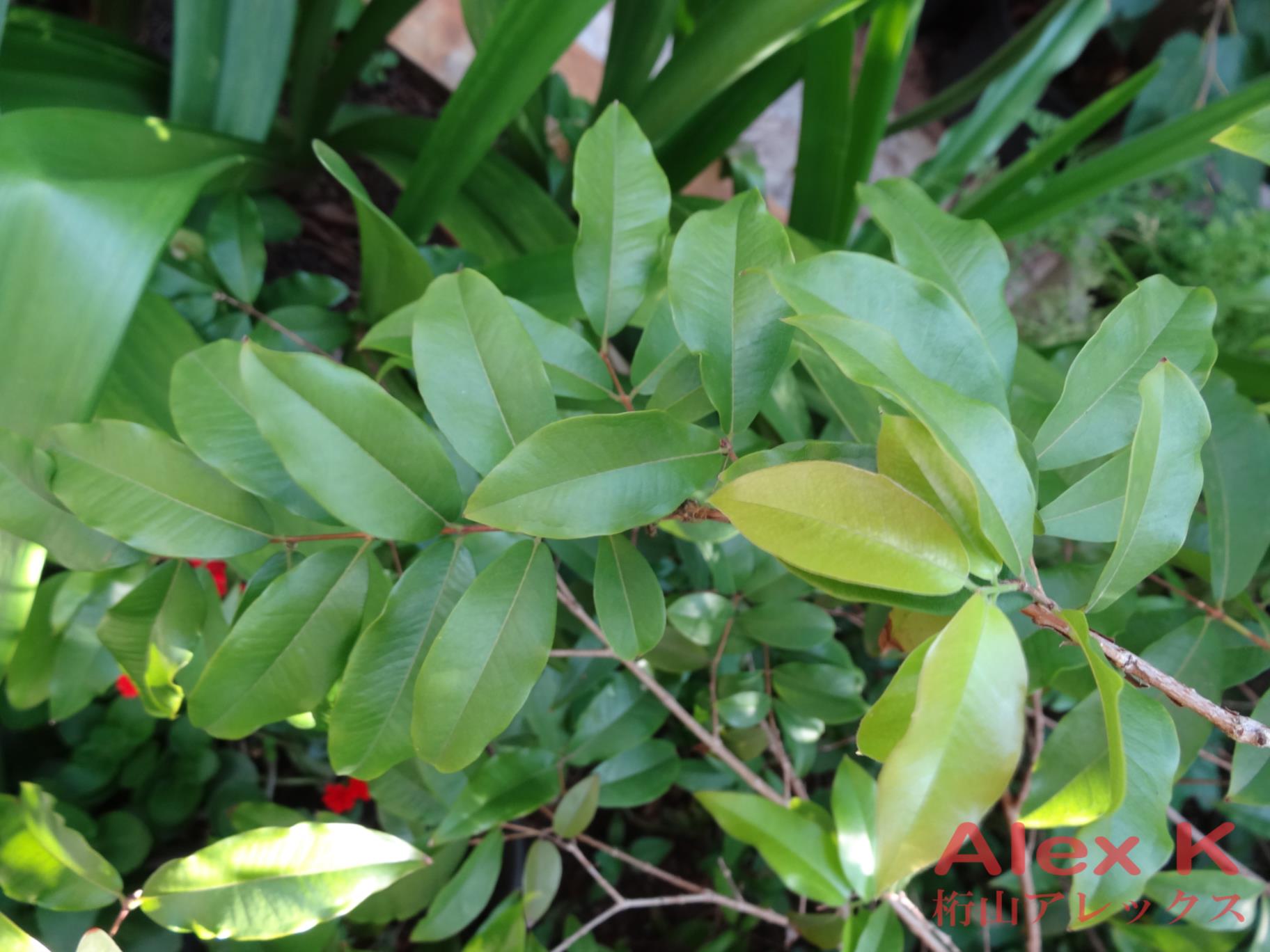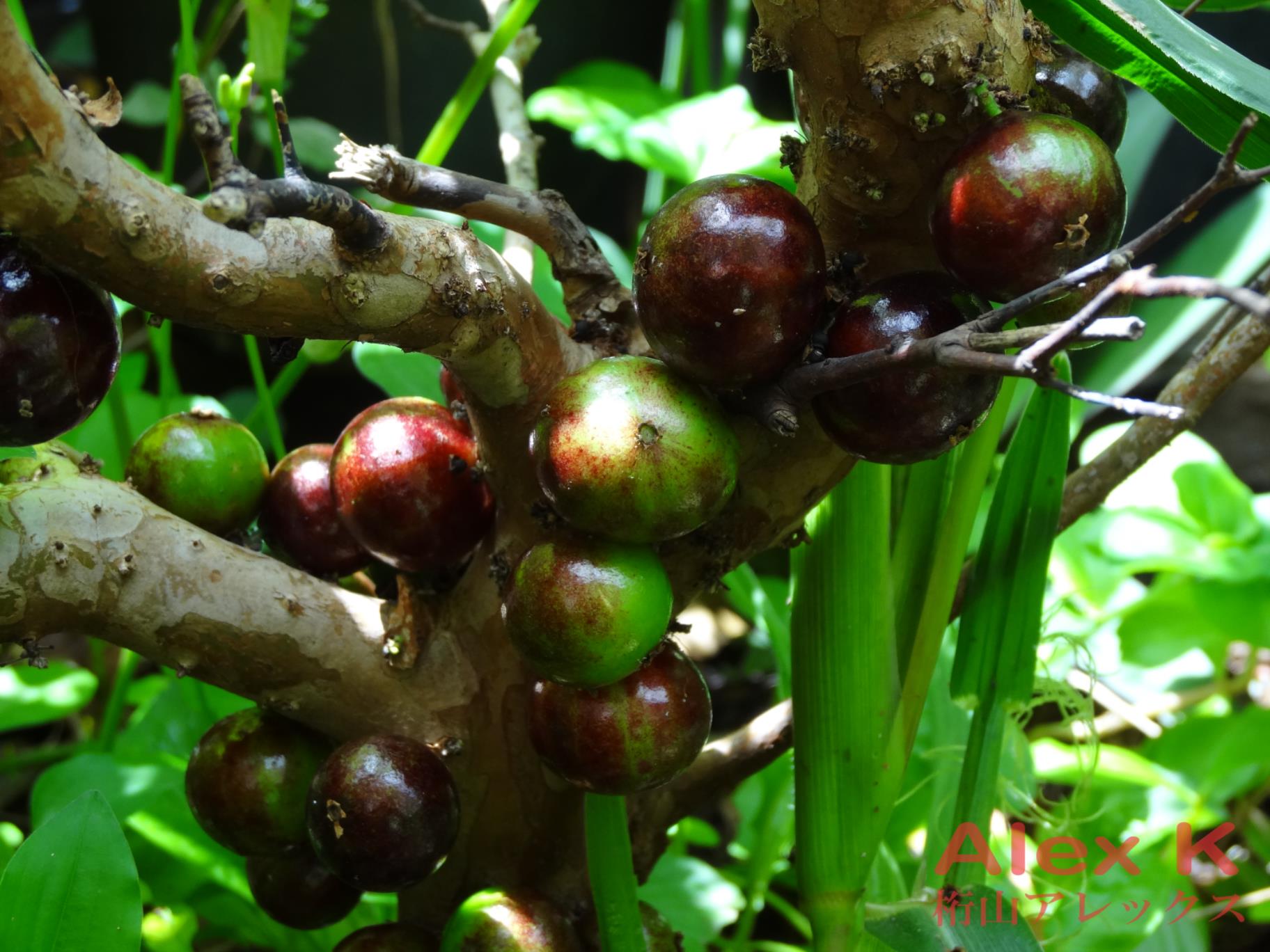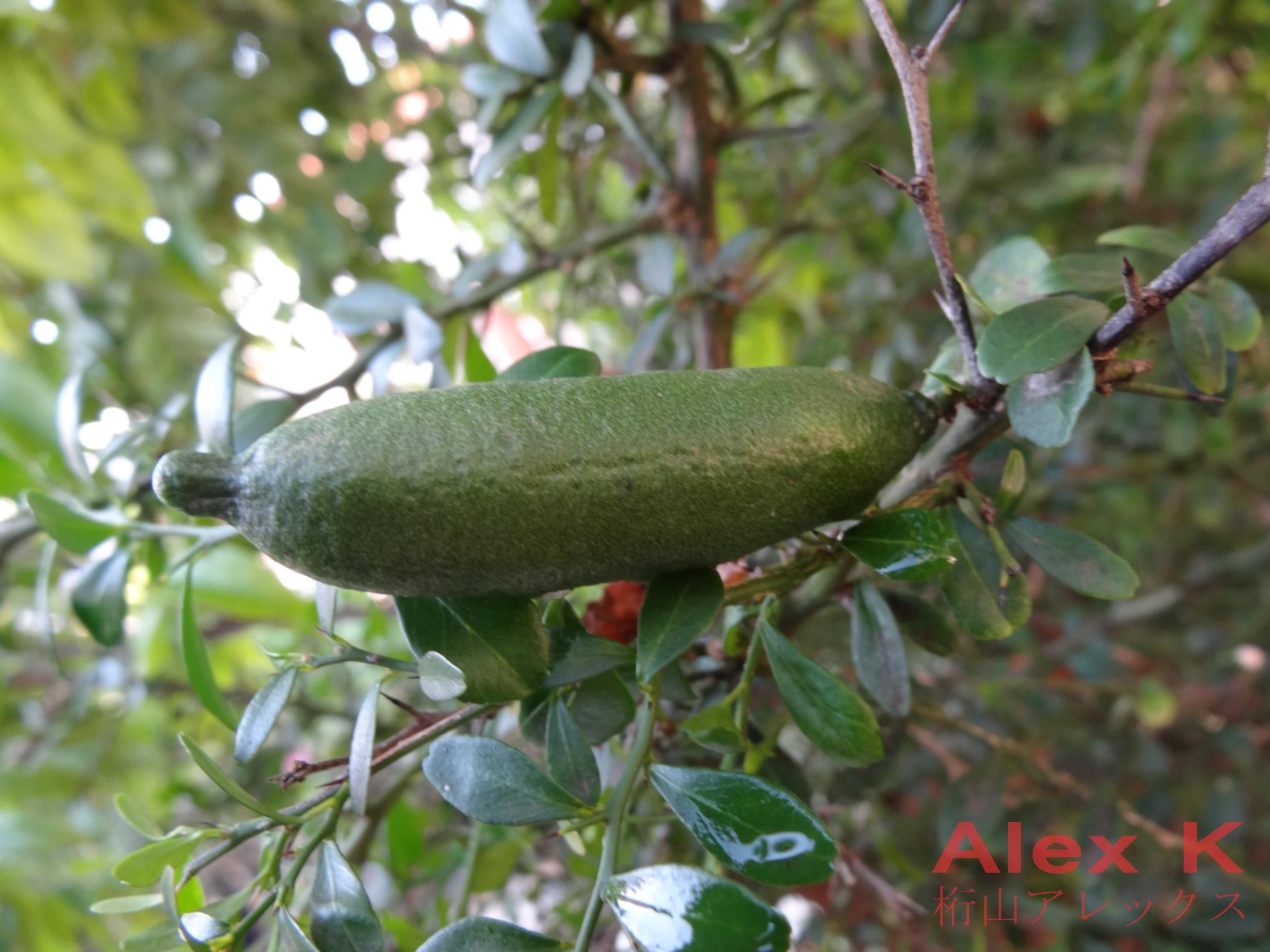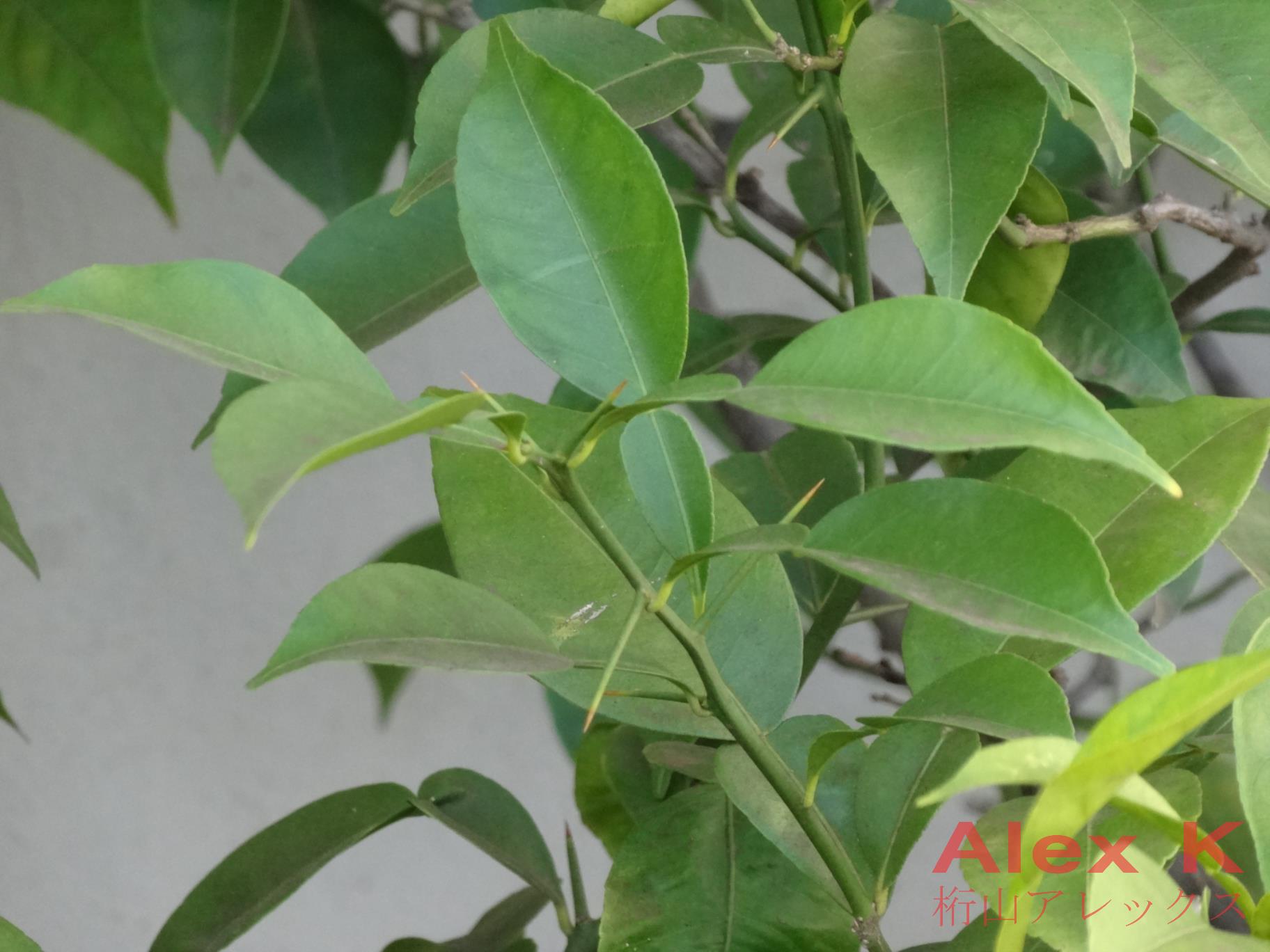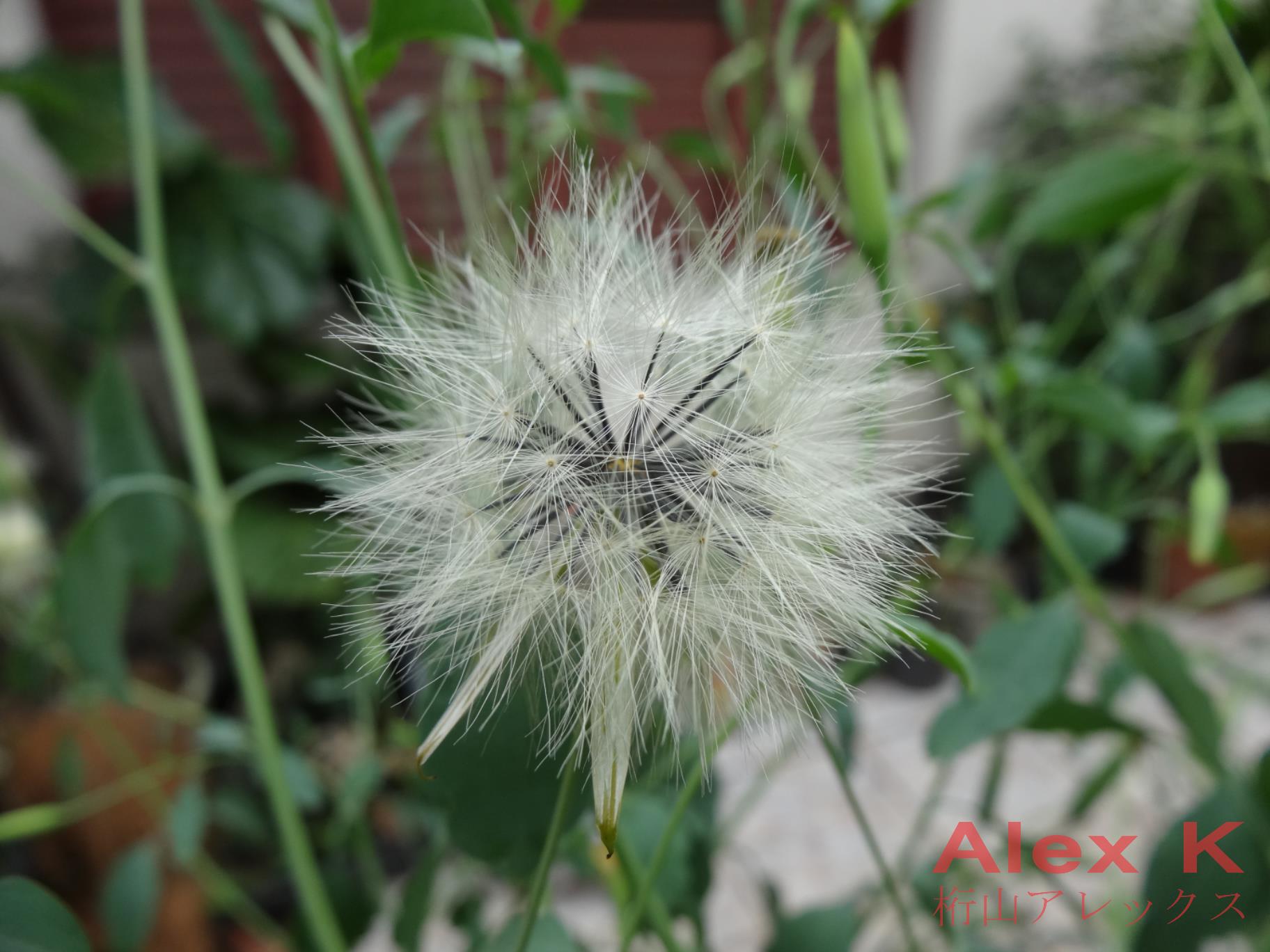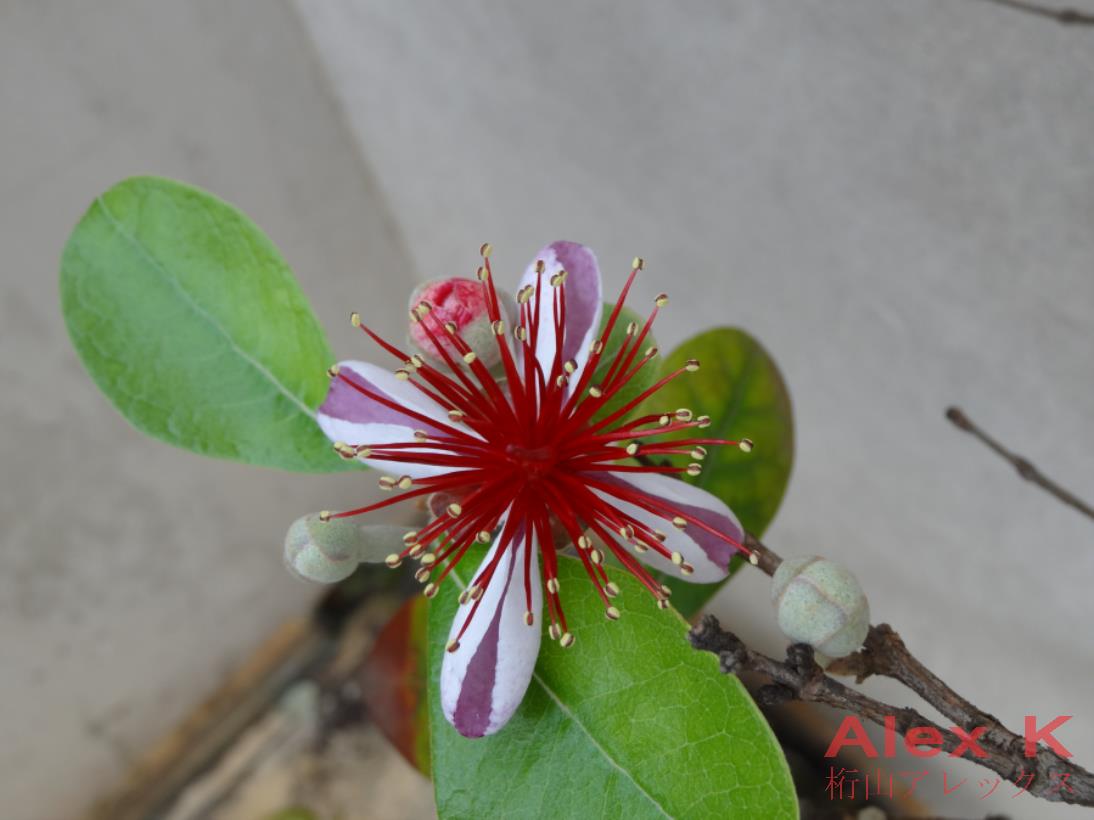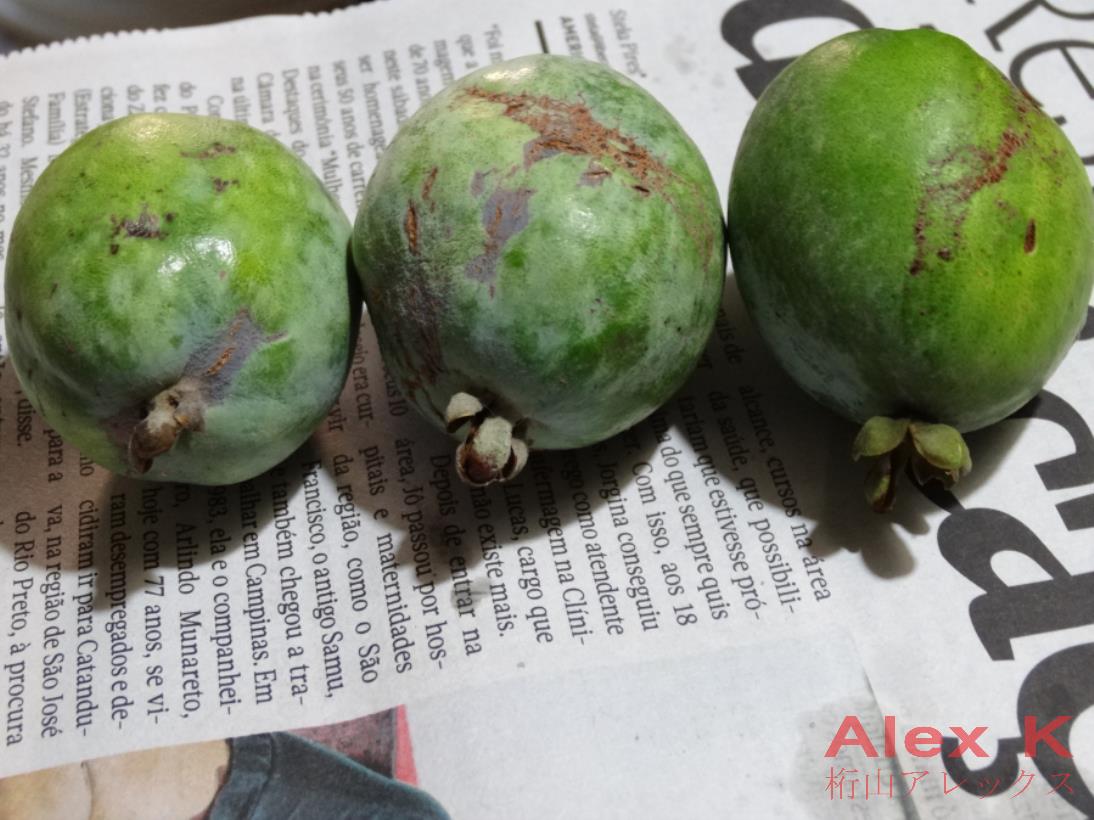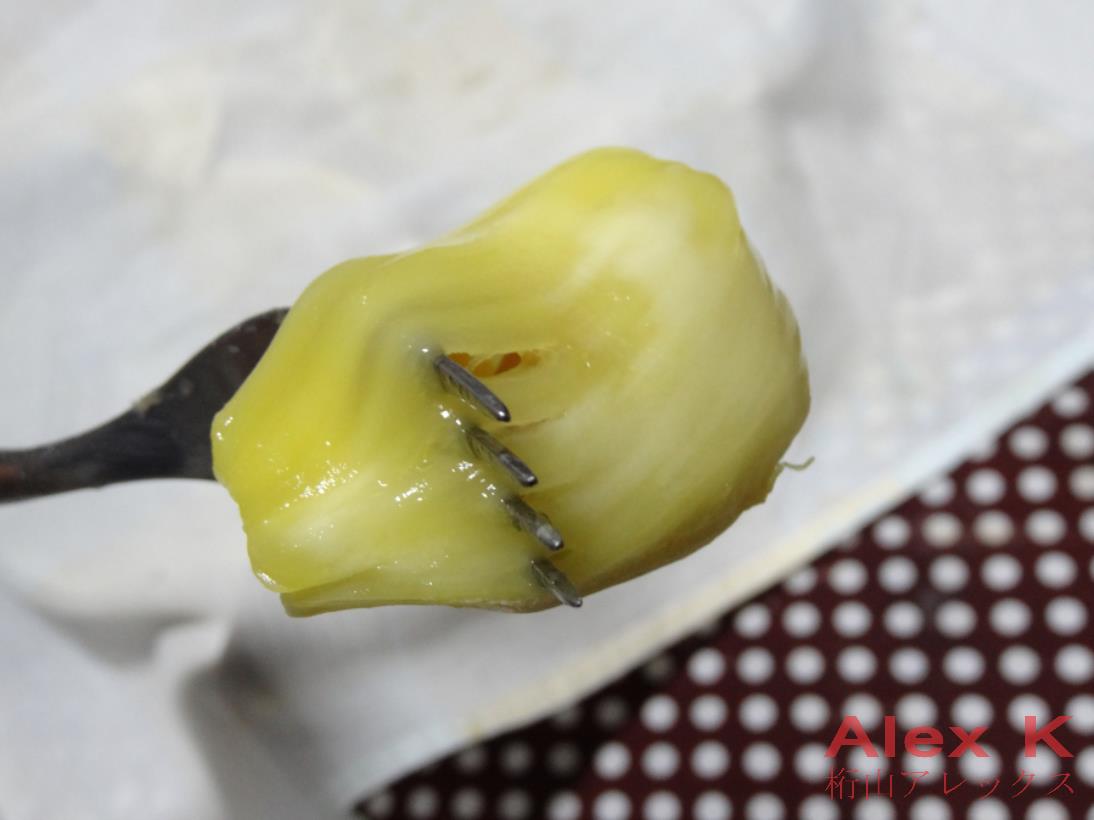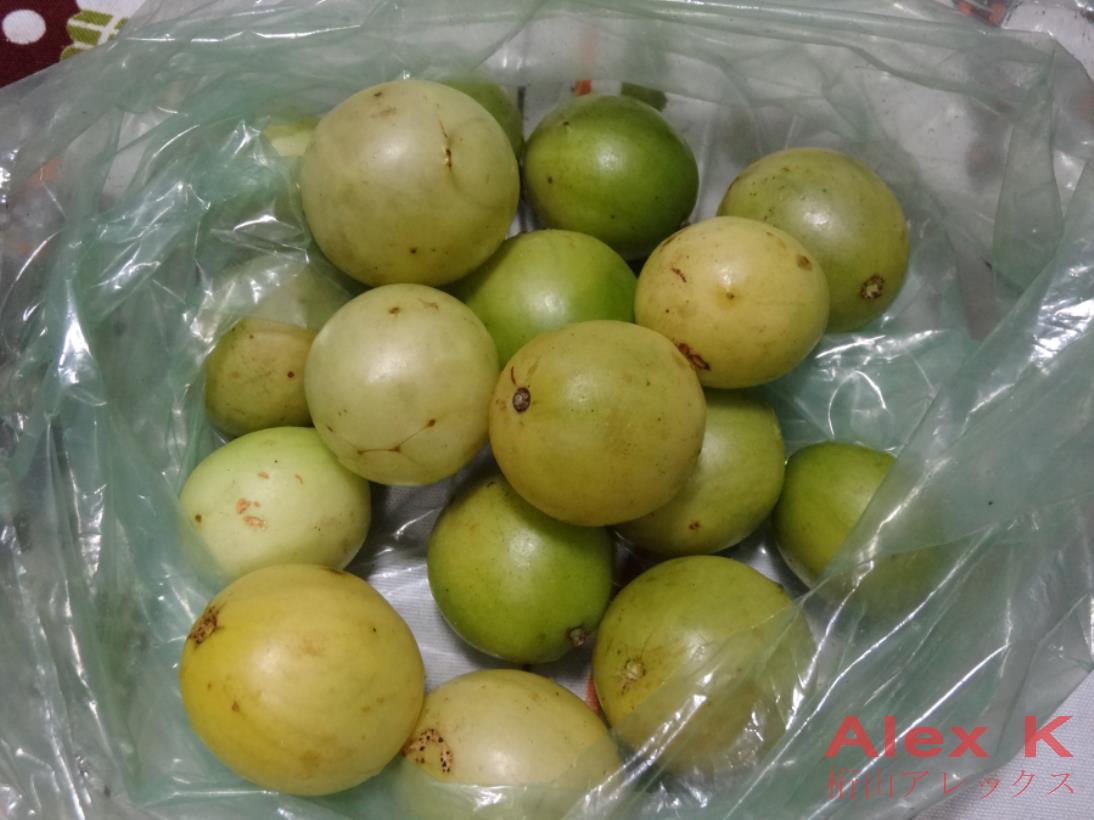Guabiraba aka. Palillo or Chamba - (Campomanesia lineatifolia)
This fruit is native to the Amazon rainforest of Peru, Brazil and Colombia, unfortunately it is another fruit that is not commercially available, you will not find it on supermarket shelves here unless you live in the Amazon region.
Juices, jams and liqueurs can be made with the fruit, fresh it has a sour and sweet taste and its smell is very intense when ripe, almost like a perfume a good perfume!









This fruit is native to the Amazon rainforest of Peru, Brazil and Colombia, unfortunately it is another fruit that is not commercially available, you will not find it on supermarket shelves here unless you live in the Amazon region.
Juices, jams and liqueurs can be made with the fruit, fresh it has a sour and sweet taste and its smell is very intense when ripe, almost like a perfume a good perfume!
















